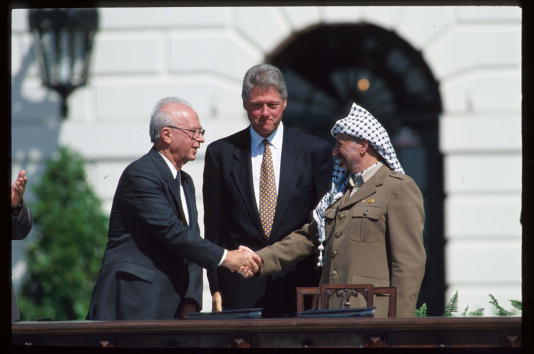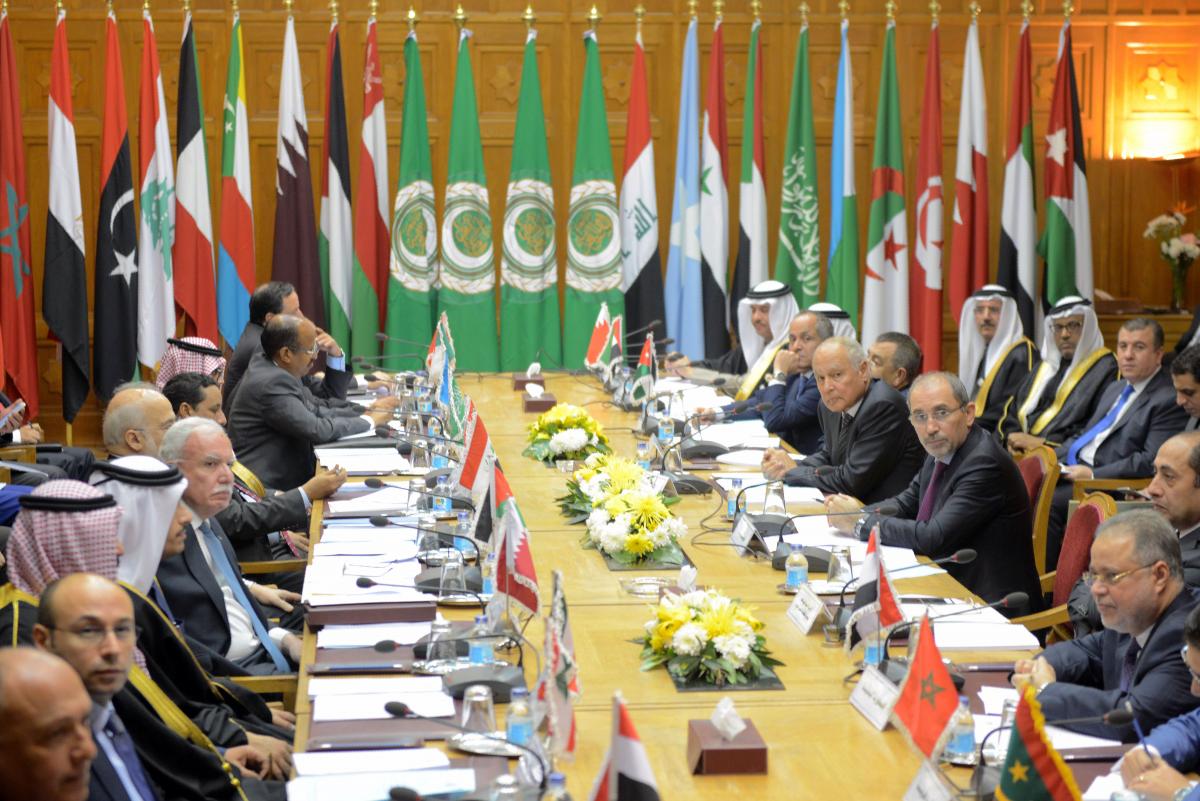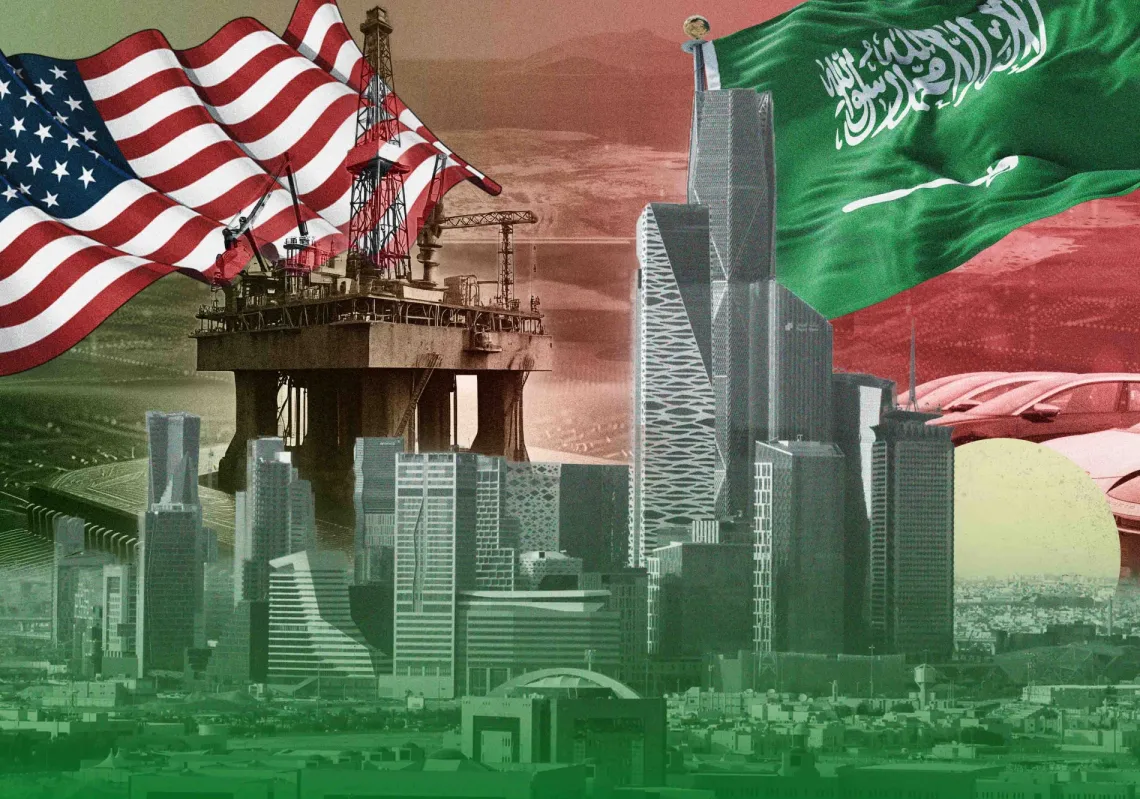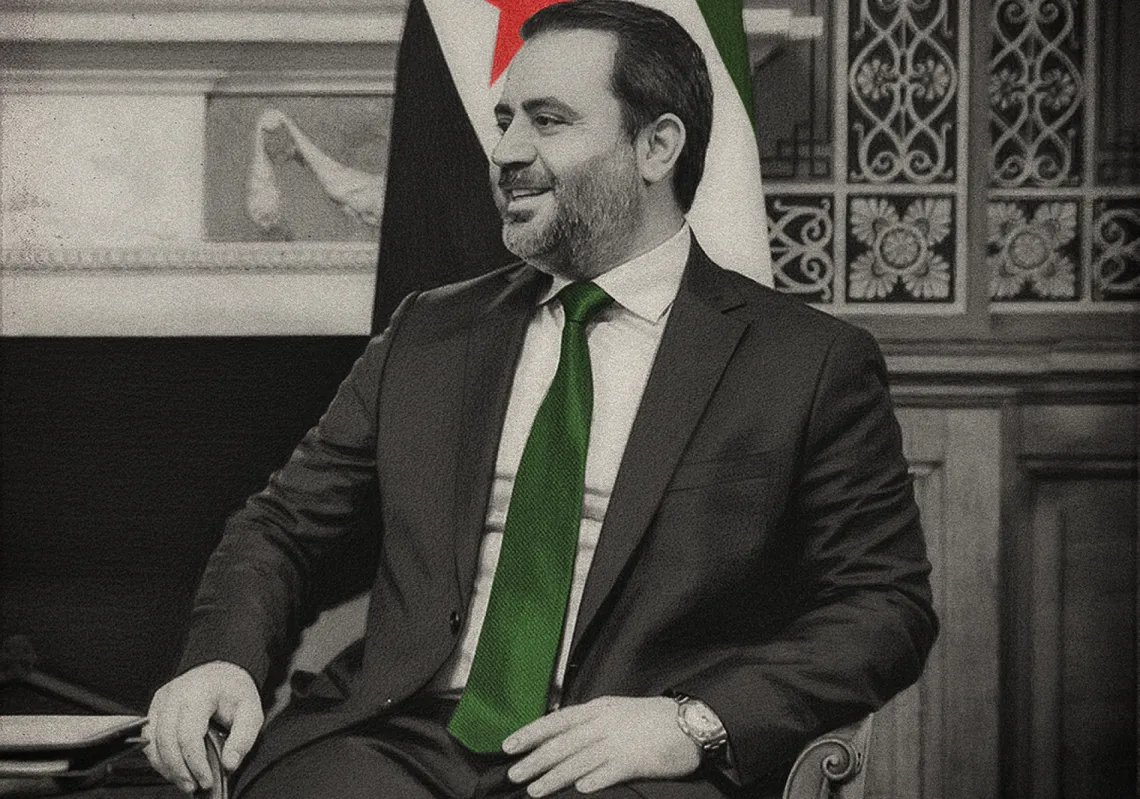The Arab-Israeli conflict is arguably one of, if not the most, complicated conflicts of the modern age. It is also quite a unique conflict in many aspects, while there are regional disputes all around the world; the Arab-Israeli conflict has fundamentalists and hardliners on both sides who both believe that the other state does not have the right to exist. In spite of this, moderates on both sides have been able to make concessions and there have been breakthroughs throughout the seventy year old dispute. While said breakthroughs are few and far between, they could hold the key for a future lasting peace plan between Palestine and Israel thus finally putting an end to the bloodshed.
1967: THE SPIRIT BREAKING WAR
Egypt has always had a leading role in the Arab-Israeli conflict. During the 1948 War, both Egypt and Jordan provided the most manpower in the Arab League forces. Moreover, Egypt under Gamal Abd El Nasser singlehandedly took part in the 1956 Sinai War and eleven years later, Egypt led the Arab armies in the 1967 War. That last war, proved to be a big blow for the Arab states, as the three largest participants all lost territory to Israel which occupied the Sinai Peninsula from Egypt and the Golan Heights from Syria. Furthermore, Egypt and Jordan were both administrating separate Palestinian territories at the time; the former was administrating the Gaza Strip, while the latter was administrating the West Bank and East Jerusalem. Subsequently, Israel occupied both these territories and the balance of power in the conflict shifted greatly in its favor. The defeat prompted Nasser to initially resign from office, but he quickly returned amid popular protests calling for his return. The 1967 defeat had another aftereffect that would not be totally felt until much later down the line; the end of the war marked the gradual decline of pan-Arab and nationalist sentiment in the Arab-Israeli conflict as Islamism and Pan-Islamism slowly, but surely, became a more effective rallying call.
SADAT BREAKS THE ICE
After Nasser’s passing in 1970, his Vice President and longtime confidant, Anwar Sadat, assumed Egypt’s presidency. Sadat would then dedicate his presidency towards two goals, returning the Sinai Peninsula back under Egyptian sovereignty and finding an end to his country’s long conflict with Israel. As such, in October 6, 1973, Egypt launched a surprise military attack on Israeli forces in the Sinai Peninsula, while Syrian forces fought against Israelis in the occupied Golan Heights. Saudi Arabia would also play a role in the war, as King Faisal led the Arab members of OPEC in launching an oil embargo against the United States, which would cause the 1973 Oil Crisis. The war would last almost three weeks and finally came to an end in October 25 after a ceasefire came into effect. This war would pave the way for the eventual peace talks between Egypt and Israel, as both sides sought an end to the continued deadlock.
In 1977, Sadat, without consulting other Arab leaders, visited Israel and made a historic speech in the Knesset: “I come to you today on solid ground, to shape a new life, to establish peace. We all, on this land, the land of God; we all, Muslims, Christians and Jews, worship God and no one but God.” This moment was a landmark moment in the Arab-Israeli conflict as it marked the first time that a leading Arab state was showing willingness to negotiate with Israel.
One year later, US President Jimmy Carter hosted both Sadat and Israeli Prime Minister Menachem Begin at Camp David as the peace talks finally came into place. Despite many challenges, both Middle East leaders finally came to an agreement which would see Israeli troops move out of the Sinai Peninsula. Then on March 26, 1979, both leaders signed the treaty that ended thirty years of conflict between their countries and Egypt became the first Arab nation to officially recognize Israel. This first breakthrough proved to be a lasting one, as the 1979 treaty is still in effect today.
THE FIRST INTIFADA AND THE PLO’S SECRET ACTIVITIES
Israel had long refused to negotiate with the Palestinian Liberation Authority (PLO) since it did not view that Israel had a right to exist. As such in 1979 Yasser Arafat, the leader of the PLO, requested Norway to give him a secret back channel to Israel which refused to hold any direct talks with the group. Then, in late 1987 the First Intifada, a Palestinian uprising against Israeli occupying forces in the West Bank and the Gaza Strip, broke out. This took the PLO by surprise since it did not plan for any such uprising to happen. Moreover, other groups started to gain popularity amidst the chaos. Since the PLO’s leadership was stationed in Tunisia at the time, it was at risk of losing its leading role as the representative body for the Palestinians. This prompted Arafat to announce the PLO’s acceptance of UN Resolutions 242 and 338 which called for peaceful resolutions towards the Arab-Israeli conflict, the mutual recognition of the territorial integrity and sovereignty of all states in the region and withdrawal of Israeli forces from Arab territories occupied after the 1967 War. As such, for the first time in its history, the PLO had recognized Israel’s right to exist. While this did not give the PLO a place at the negotiating table in the Madrid Conference, it would have one in the next negotiation effort.
1991 MADRID CONFERENCE: LOOKING FOR PEACE WITHOUT THE PLO
The Madrid Peace Conference was co-sponsored by the United States and the Soviet Union. The aim of the conference was to follow up the 1979 peace treaty and pave the way for similar treaties between Israel and other Arab states. Delegations from Egypt, Israel, Syria, Lebanon and Jordan took part in the conference. Israel had still refused to negotiate with the PLO, so the Palestinian delegation was represented by Palestinian members within the Jordanian delegation, who in turn had correspondence with the PLO leadership in Tunisia.
The biggest breakthrough of the conference was the 1994 peace treaty between Jordan and Israel, which opened up diplomatic relations between the states as well as broad trade and security relations. Talks between the Lebanese and Israeli delegations and the Syrian and Israeli delegations did not have any lasting impacts as border disputes remained in place.
1993 OSLO AGREEMENT: THE PLO ENTERS THE STAGE
The talks between the PLO and Israel would secretly take place in Oslo, Norway and its resulting agreement would be signed at the White House in 1993. This agreement was significant as it was the first direct agreement between Israel and Palestine (represented by the PLO). It also marked the first time that both sides formally recognized each other, as the Israeli government recognized the PLO as the legitimate representative of the Palestinians, while the PLO formally recognized Israel’s right to exist. The agreement also stipulated that Israeli forces would gradually withdraw from the West Bank and Gaza and a “Palestinian Interim Self-Governing Authority” would rule over Palestine during a five year transitional period until a permanent settlement based on UN Resolution 242 and 338 took place. Photos of Arafat and Israeli Prime Minister Yitzhak Rabin shaking hands made front page news all over the world, but alas a lasting peace would not come into fruition. Other groups within Palestine, such as Hamas, rejected the Oslo Agreement and subsequently carried out suicide bombing operations against Israel.

2000: RETURN TO CAMP DAVID
The process Israeli withdrawal and Palestinian self-government were taking a much slower pace than anticipated. As a result, in 2000, US President Bill Clinton invited Arafat and Israeli Prime Minister Ehud Barak to find a solution to other issues not discussed in Oslo which would be a catalyst to speed the process up. Unfortunately, the PLO wanted concessions that Israel was not willing to give. For one thing, Arafat wanted the a Palestinian state based on 1967 borders and for Palestinian refugees to have the right to return to occupied lands, he would also offer Israeli rights over the Jewish Quarter and landmarks in the Old City, Jerusalem. Instead, Israel offered the Gaza Strip and most of the West Bank and extra land from the Negev Desert, however Israel was to hold on to its settlements in the West Bank. Israel also wanted to keep most of East Jerusalem, but offered Palestine Islamic guardianship of Muslim sites in the Old City and government funds toward Palestinian refugees. Both sides could not agree on a settlement and the talks broke down. This led the Second Intifada which served as the final nail on the casket of the Oslo Peace Agreement.
2002 BEIRUT ARAB SUMMIT: SAUDI ARABIA PRESENTS ITS PLAN
Beirut was the venue of the 2002 Arab Summit, as with other previous summits the Palestinian issue was at top of the agenda. During the conference, Saudi Arabia presented its plan to end the conflict, which it called the Arab Peace Initiative. Unlike previous peace attempts which involved only one or a handful of Arab states, this initiative was too involve all Arab states. The plan was that Israel would withdraw from the Palestinian lands it occupied in 1967 and in exchange all the Arab states would recognize Israel’s statehood, this marked the first that an Arab conference issues a collective endorsement of a two state solution.
RIYADH 2007: ARAB PEACE INITIATIVE, TAKE TWO
The 2007 Arab Summit in Riyadh focused on bringing the Arab Peace Initiative back to the negotiating table. Saudi Arabia thought that if all Arab states unanimously accepted the initiative, then it could become a breakthrough in the peace negotiations. However, there was now a big problem, namely the rise of Hamas in Gaza, a group that would refuse any initiative brokered for the PLO and advocated for the recognition of Israel. Moreover, Libya had chosen to not to take part in the summit as the Gaddafi regime rejected the prospect of Arab-Israeli peace. In spite of this, the summit continued and the Arab states reintroduced their call for a Palestinian state based on pre-1967 borders and Palestinian refugees’ right to return to occupied lands, in return for Arab recognition of Israel. However, PLO president Mahmoud Abbas, who had taken over after Arafat’s passing in 2004, and Israeli Prime Minister Ehud Olmert could not come to an agreement that would satisfy both sides.

ANNAPOLIS 2007: NO NEW HOPE FOR THE NEW YEAR
US President George W. Bush decided to give his own attempt at the establishing peace talks as he hosted Mahmoud Abbas and Ehud Olmert at the US Naval Academy at Annapolis. Other participants in the conference included Egypt, Syria and Saudi Arabia. During the conference, both leaders promised to work together to find a lasting peace deal by the end of 2008. Throughout 2008, both the PLO and the Israeli government exchanged maps outlining how each side thought the borders should look like. However, the talks abruptly stopped at the end of 2008, as both sides could not make concessions that would satisfy their counterparts, furthermore the breakout of the 2008 – 09 Gaza War could not make any peace deal feasible at the time.
2010s: THE LOST DECADE
In many ways, the 2010s can be seen as a lost decade in Arab-Israeli peace negotiations as no big breakthrough occurred despite the fact that many peace negotiations happened throughout the decade. Moreover, major events such as the 2014 Gaza War and the United States’ decision to move its embassy from Tel Aviv to Jerusalem proved to be barriers towards establishing a lasting peace deal. A few months after US’s decision to move its embassy, Dhahran, Saudi Arabia hosted an Arab League Summit which issued a statement affirming continued support towards the Palestinian cause and the support for a Palestinian state based on pre-1967 borders with East Jerusalem as its capital. Amid heightened tensions, the Trump administration is on the precipice of announcing a new peace plan. Little is known from the peace plan, but from Jared Kushner’s few statements, it seems to be a plan based on economic concessions and economic development, which differs greatly from different plans which were politically based. As it stands, the Trump administration has not set a date for its announcement of the plan, but has set its sights for a possible revelation after Ramadan 2019.








